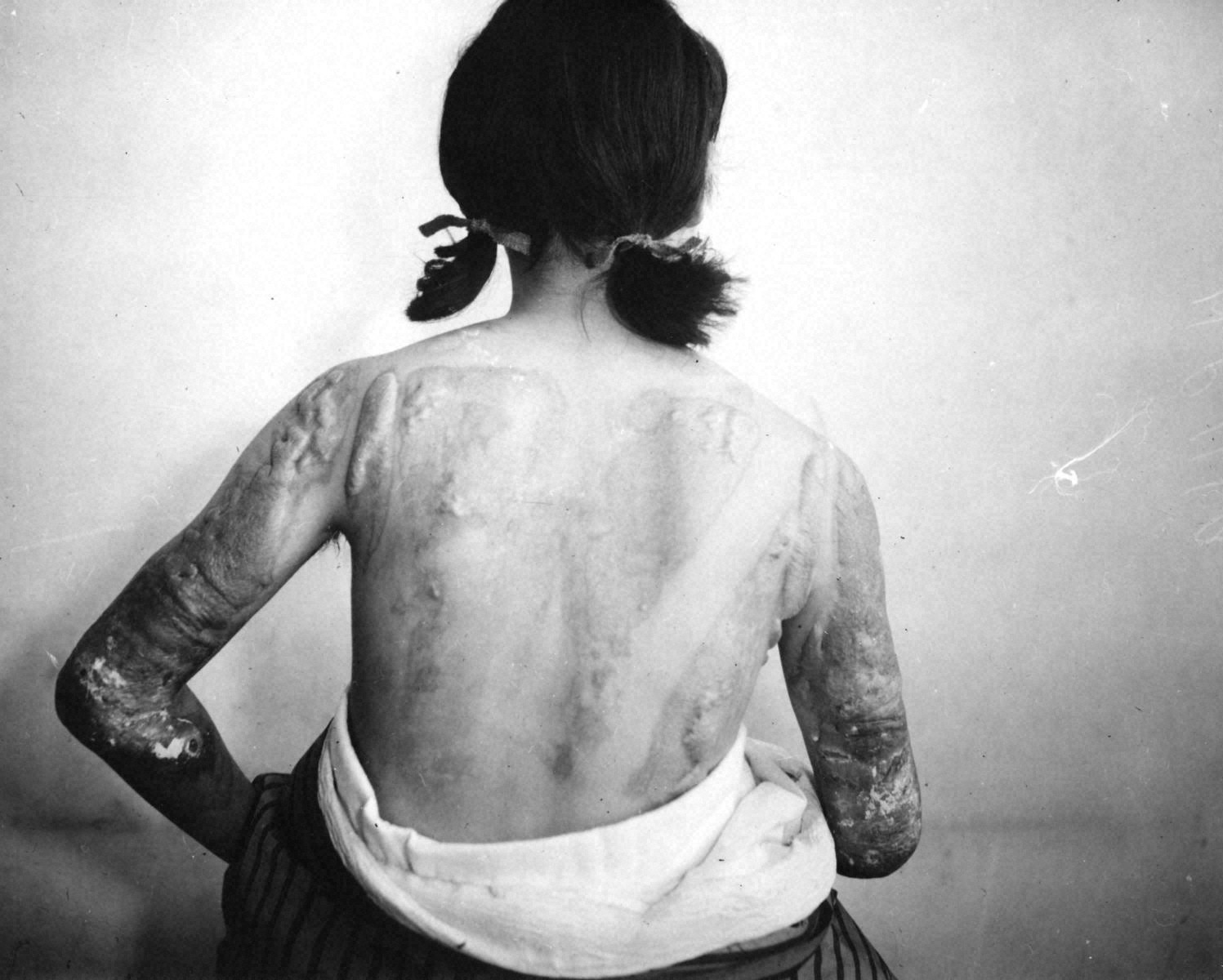Long Term Effects on Humans
Long after the acute effects of radiation have subsided, radiation damage continues to produce a wide range of physical problems. These effects- including leukemia, cancer, and many others- appear two, three, even ten years later.
Blood Disorders
According to Japanese data, there was an increase in anemia among persons exposed to the bomb. In some cases, the decrease in white and red blood cells lasted for up to ten years after the bombing.
Cataracts
There was an increase in cataract rate of the survivors at Hiroshima and Nagasaki, who were partly shielded and suffered partial hair loss.
Malignant Tumors
All ionizing radiation is carcinogenic, but some tumor types are more readily generated than others. A prevalent type is leukemia. The cancer incidence among survivors of Hiroshima and Nagasaki is significantly larger than that of the general population, and a significant correlation between exposure level and degree of incidence has been reported for thyroid cancer, breast cancer, lung cancer, and cancer of the salivary gland. Often a decade or more passes before radiation-caused malignancies appear.
Keloids

Beginning in early 1946, scar tissue covering apparently healed burns began to swell and grow abnormally. Mounds of raised and twisted flesh, called keloids, were found in 50 to 60 percent of those burned by direct exposure to the heat rays within 1.2 miles of the hypocenter. Keloids are believed to be related to the effects of radiation.